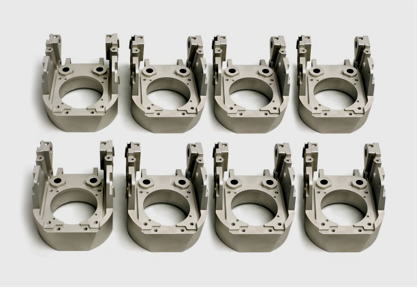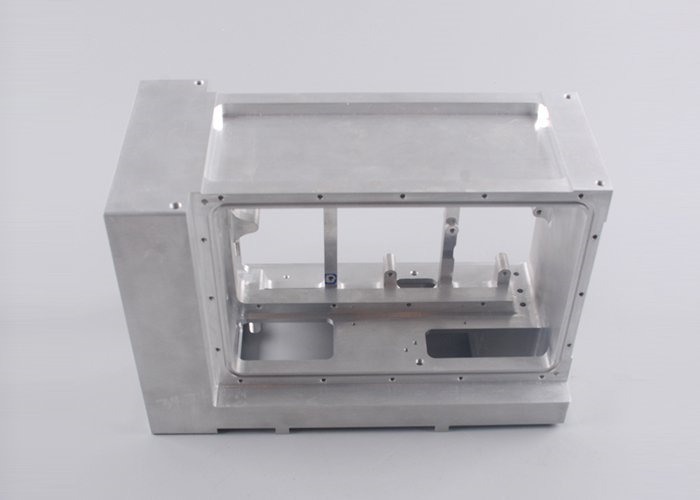
-
When using the "universal" tool configurations without special tool components, of sheet metal is the most economical.If the individual components become too complicated, consider the use of a universal tool for manufacturing of the parts are welded or riveted together. -
Since the bending tensile metal, away from the function must be curved in order to avoid deformation.Useful agreed with material thicknesses of the 4T - 4 times. -
By using a linear ram in a press mold and the metal plate, causing bending of the bending machine, the design does not allow you to create a closed geometric shape. -
Sheet metal tolerance than the machining tolerances or 3D printing.Influence factors including the thickness tolerances of the material, the use of the machine parts and production steps in............................................................The suppliers generally provide relevant tolerances of the details. -
In that individual parts should be used on a uniform bending radius, for example 0. 030 inch (industry standard), in order to reduce the number of machine settings and accelerating production. -
Where possible, in order to maintain a standard distance for bending the edges of the material thickness of four times.This will remove the desired bending of the excess material is required. -
Thin web of material can cause cracking or warpage.Other assembly methods are preferred. -
PEM - hardware when considering that the manufacturer of the installation position of the material and thickness of the minimum requirements.





